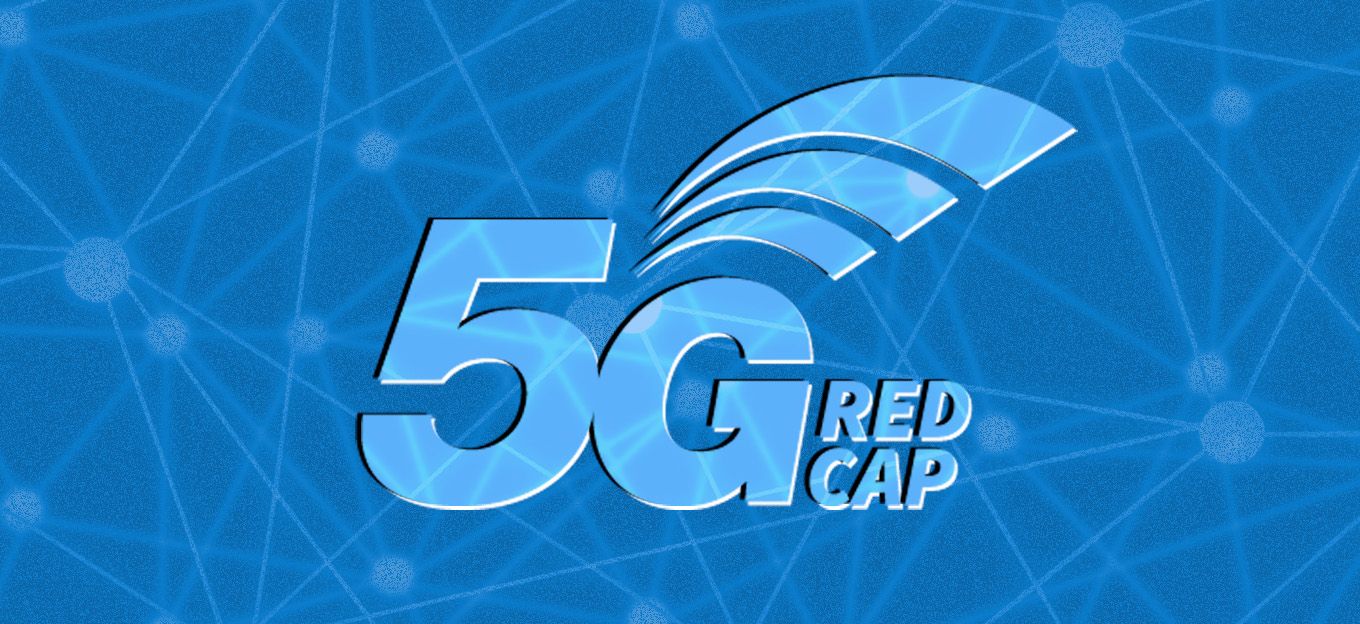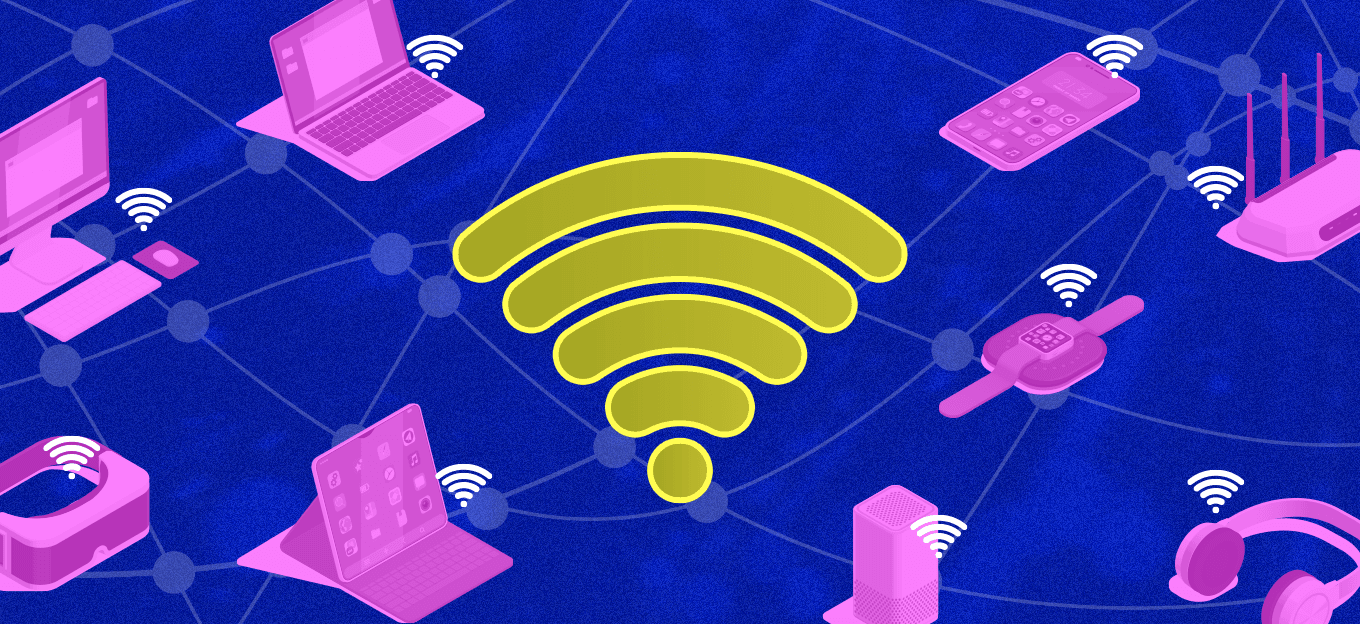World Class Healthcare for All: The Rise of Gigabit LTE Networks on the Path to 5G
World Class Healthcare for All: The Rise of Gigabit LTE Networks on the Path to 5G
- Last Updated: December 2, 2024
Telit
- Last Updated: December 2, 2024



The long-term effects of COVID-19 are increasingly hitting home – everybody seems to know someone who has been afflicted by it, including loved ones. But there is increasing hope for improved care, thanks to IoT technology.
Even before COVID-19, IoT technology was beginning to drive telehealth, including remote medical patient monitoring. But now, during the pandemic, telehealth has taken on a whole new urgency. Today, everything from convention centers to tent villages are being converted into medical centers with demanding healthcare requirements. In order to function, these makeshift healthcare sites need advanced, high performance, high security, machine-to-machine, and machine-to-control center communications over dedicated mobile networks.
There is hope for improved healthcare, thanks to IoT technology. Learn how telehealth is on the rise with the help of Gigabit LTE networks.
Importantly, healthcare providers need to be able to upload and download high-definition images, like radiological scans, to traditional medical centers such as hospitals to better treat patients. This is something that cannot be done successfully without Wi-Fi. Wi-Fi doesn’t have the stability and reliability of the communication channel, nor the end-to-end security necessary to handle sensitive patient data.
Fortunately, 5G networks are rolling out and will accelerate the movement of telehealth to the mainstream. With the emergence of new 5G technologies, healthcare-related IT services and applications are set to become better connected than ever, resulting in an enormous impact on both healthcare providers and patients alike. But right now, COVID-19–as a global emergency–is bringing the urgency of medical IoT deployments front and center. For the industry to be successful, the speed of the enabling network technology, both in set up and operations, is as key as the network edge devices themselves.
Private Gigabit LTE Networks Enable Remote Care
Enter private Gigabit LTE networks which, through wireless Wide Area Network (WAN) routers, are enabling temporary healthcare centers to rapidly come online and provide the high-performance, high-security communications required between the remote facility and the primary medical center. It is important to note that deploying a wired internet connection to these pop-up clinics would require a lot more time as well as costly Information Technology (IT) infrastructure equipment.
Today’s modern IoT devices and network technology support this thanks to high-speed gigabit-class LTE connections, dual path wireless modems with link redundancy and traffic load management, edge security systems, firewall protection, and internet content filtering. Fast, secure, highly sophisticated, technologically cutting-edge, and enterprise scalable private mobile IoT networks are being rapidly built.
Gigabit LTE links give remote doctors reliable and secure at-home and remote office connections that can provide the bandwidth required to enable real-time video and extremely large data files. Remote medical care, diagnosis, and even surgery has been advised as one of the potential applications for 5G network technology.
5G technology will help turn antiquated healthcare systems in hospitals into smart hospitals where telehealth services can be successfully provisioned for patients globally.
5G Drives Advances in Telehealth
5G opens up entirely new horizons for telehealth, the technology that allows patients to connect virtually with doctors and other healthcare providers, communicating via real-time video or live chat.
Telehealth allows chronically ill patients to obtain critical healthcare where they might otherwise have difficulty leaving their home to travel to their doctor for care. And as 5G promises to bring ultra-fast speeds with low latency, telehealth applications will improve dramatically.
Increased Patient Engagement with Remote Wearables
With 5G-enabled devices, healthcare providers can monitor patients remotely and gather real-time data that can be used for preventative care and other individually tailored healthcare.
More than 85% of doctors have reported that internet-connected wearables increase patient engagement with their own health, decreasing hospital costs by 16% over the next 5 years. To achieve new levels of efficiency and accuracy while protecting patient privacy and ensuring regulatory compliance, healthcare providers need real-time visibility into diagnostic data, patient records, inventory, health alerts, and more. Telehealth wearables are increasingly making this happen.
Looking Ahead with Gigabit LTE Networks
Even when we look forward to the day COVID-19 is no longer an active threat to our health, evolutionary advances in telehealth will be well-positioned to better manage everything from dangerous battlefield medical care to providing state-of-the-art care to economically disadvantaged people and those living in remote geographical areas. Gigabit LTE networks are expected to provide enormous improvement to the tireless efforts of emergency management personnel and first responders as well.
These are advances we can all be genuinely excited about as telehealth increasingly meets medical needs–everywhere for all people, including our loved ones.
The Most Comprehensive IoT Newsletter for Enterprises
Showcasing the highest-quality content, resources, news, and insights from the world of the Internet of Things. Subscribe to remain informed and up-to-date.
New Podcast Episode

Moving Past the Pilot Phase in IoT and AI
Related Articles





